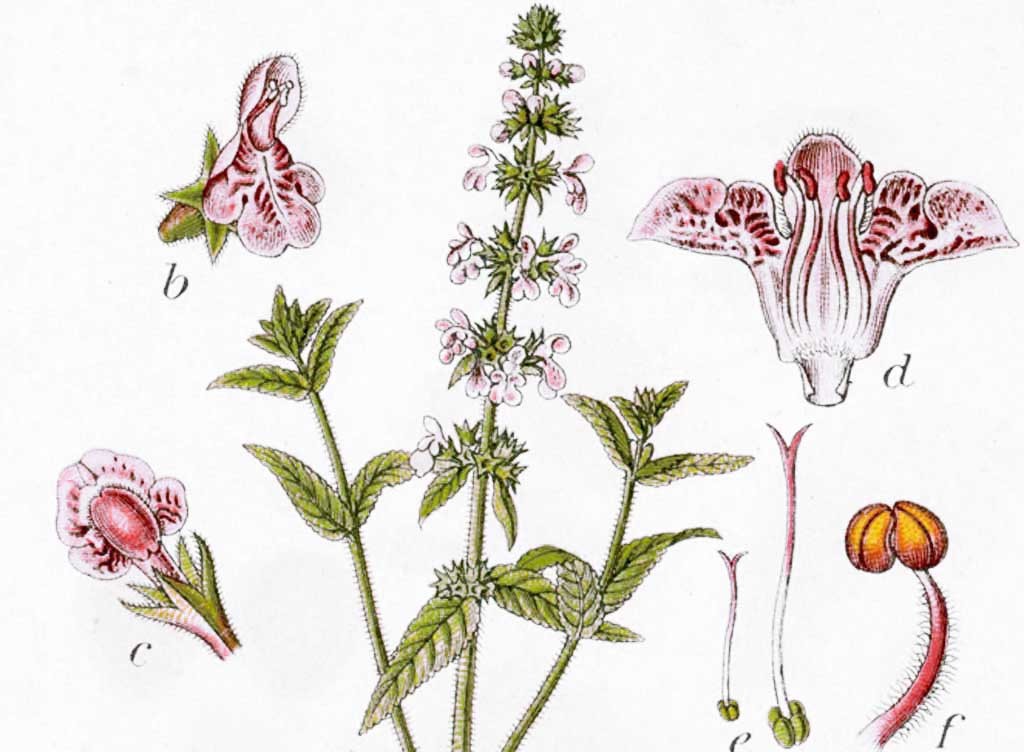– Plant Transformation –
Because each abortifacient or contraceptive plant has a multitude of other therapeutic virtues, a laboratory processing plants from the greenhouse offers the public the opportunity to produce together a moisturizing balm or an oily macerate* of calendula, for example. This laboratory, a moment of learning, of exchanging grandmother’s techniques and recipes, of experimentation, of re-invention of knowledge, is a space-time conducive to reflection, to debate between participants around subjects such as phytotherapy, permaculture and the different means at our disposal to become more autonomous and take control of our health, by rediscovering the power of plants.*technique consisting of extracting the properties of a plant by infusing it in oil.
– Therapeutic Properties –
Achillea Millefolium (Achillée millefeuille)
As a compress, yarrow stops bleeding, treats wounds and inflammation of the skin. As an infusion, it relieves stomach and intestinal spasms, treats respiratory tract infections, lowers fever and relieves menstrual pain.
Agave Americana (Agave)
The juice of the leaves applied to wounds and cuts promotes healing. This juice also has diuretic properties and laxative effects during occasional constipation or digestive disorders.
The leaf applied to the painful area calms spasms and softens the pain.
Aloe Vulgaris (Aloe vera)
Its viscous gel present inside the leaves treats skin irritations and burns. Applied to the hair, it coats it, hydrates it and gives it shine. This gel is hydrating and revitalizing. It erases dead cells, softens and regenerates the skin.
Ananas comosus (Ananas)
Pineapple bromelain is a rare enzyme capable of transforming proteins and stimulating digestive secretions. Present in greater quantities in the stem than in the fruit, it is used in joint care. Its anti-inflammatory action soothes osteoarthritis pain.
Anemone pulsatilla (Anémone pulsatille)
As an infusion, anemone reduces the symptoms of stress and anxiety. Thanks to its sedative and relaxing effect, it treats insomnia. Analgesic, it is used in case of headaches.
Artemisia Absinthium (Absinthe)
Applied to burns, bruises or wounds, wormwood is an excellent antiseptic which results in perfect healing. Consumed as a herbal tea to treat digestive disorders, prevent bloating or flatulence and relieve abdominal spasms.
Artemisia vulgaris (Armoise commune)
Mugwort infusion is excellent for improving digestion. It relieves fever and expels parasitic worms. Applied externally, it reduces the inflammation of insect bites.
Calendula officinalis (Souci)
When used externally, thanks to its anti-inflammatory and anti-bacterial properties, calendula treats skin problems such as irritation, itching and inflammation of the skin (psoriasis, eczema, acne). Soothes and heals wounds and sunburns.
Calotropis procera (Pommier de Sodome)
Apple tree latex is anti-emetic and anti-lice. Its leaves are vermifuge..

Conium maculatum (Grande ciguë)
The roots and leaves of the greater hemlock treat hernias, pleurisy and epilepsy. Used as an ointment for its anesthetic action, it treats muscular stiffness, spasmodic cough and esophageal spasms. Applied as a poultice, it treats certain chronic engorgements, particularly those of the glands.
Ecballium elaterium (Concombre explosif)
When used externally, explosive cucumber treats and heals skin diseases such as scabies and benign tumors. Used as a compress, it treats sinusitis, joint pain and neuralgia.
Echinops spinosus (Boule azurée)
The root decoction is used against stomach pain, poor digestion and urinary problems. The crushed plant is depurative. It treats venous insufficiency and diabetes.
Daphne gnidium (Garou)
The dried and crushed leaves, combined with henna, promote growth, suppleness and degreasing of hair. The bark, in the form of an ointment, treats skin diseases such as boils.
Nerium oleander (Laurier rose)
Maceration of the leaves, with external friction, is recommended against hair loss. A root decoction is used as a gargle to relieve gingivitis.
Mentha pulegium (Menthe pouliot)
Refreshing, aperitif, invigorating. Useful in cases of inappetence, gastric and digestive disorders. Thanks to its stomachic effect, it acts effectively against difficult digestion in infusion. Helps fight colds, inflammation of the larynx and bronchitis. Sometimes nicknamed poison ivy, for its anti-flea action.
Petroselinum sativum (Persil)
When used locally, fresh parsley treats bruises, contusions and insect bites. The fruits and roots are used against water retention.
Retama sphaerocarpa (Rétames)
Leaf powder used on wounds and rashes is healing and antiseptic. The leaf decoction has purgative and anthelmintic properties.
Ruta graveolens (Rue)
Rue has tonic and stimulating properties that facilitate digestion. The juice of the leaves is used against insect bites. It is a repellent for insects, anti-fleas and aphids.
Urginea maritima (Scille)
Used in massage, the bulb decoction in olive oil relieves rheumatic pain.

Retour à A[r]bor[e]tum